this scaffold is magic!!!
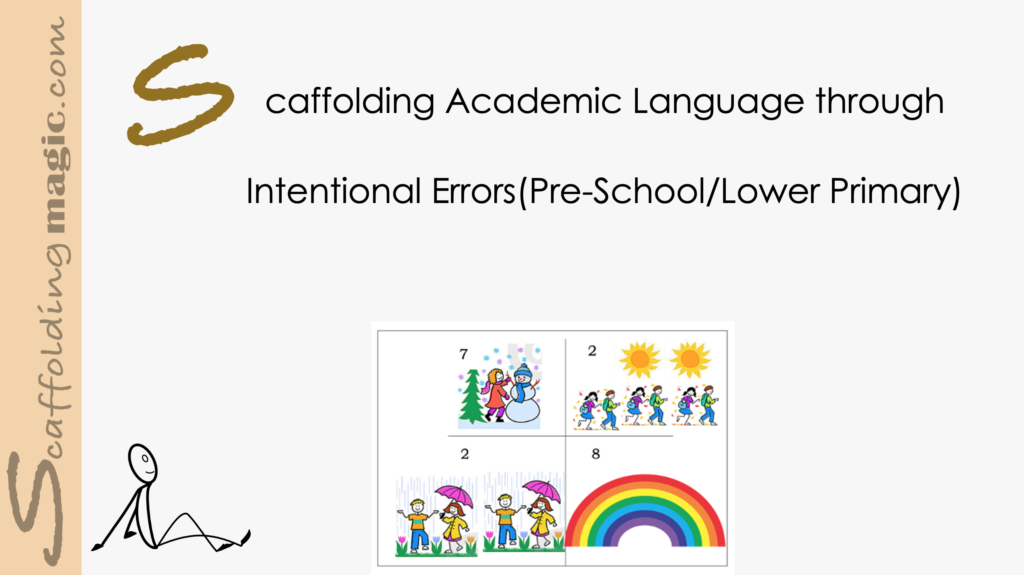
Download PDF of scaffold here.
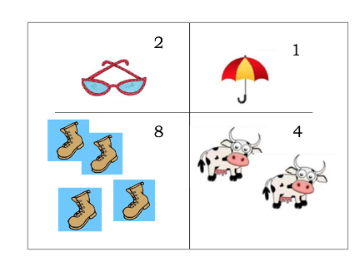
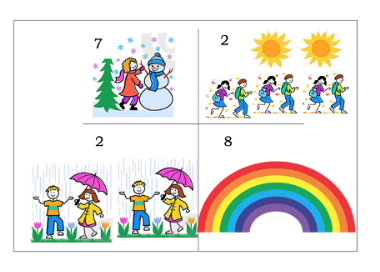
theory behind the scaffold…
The brain sparks and grows when we make mistakes – even if we are not aware of it – because it is a time of struggle: the brain is challenged, and this is the time when it develops the most.
Boaler, Jo
Mathematical Mindsets
Errors need to be celebrated in our classroom and we need to help our students to embrace the effort they make in their studies and focus on the process – mistakes and successes alike – and not only the outcomes. Even and especially in our young learners.
This scaffold puts a twist on the concept of celebrating mistakes. To truly show our students how errors are valuable for their own development, we create a whole activity around mistakes that we have intentionally embedded in the lesson, song, or project they are about to begin. At the end of the activity, we further expand the dynamic by helping them to reflect on the steps of the activity – how they felt having the opportunity to consider different alternatives instead of receiving the information without any opportunity to collaborate or participate. Essentially, they’ll be reflecting on how it feels to learn through an action!
As in best learning practices, this technique encourages students to use past knowledge to recognise inconsistencies in the information. Through critical thinking, they work together not only to study and understand the images and combinations, but they also look for context and then make the appropriate adjustments (they suggest more accurate images).
To cater to even more learning styles and to adhere to the changes the OECD (through the PISA exams) encourages, this activity asks students to physically move throughout the classroom, and interact with the material and their classmates at the same time. The example we use here is from a unit on natural sciences, but you’ll see how you can adapt it to your subject with ease by using the templates provided.
Comment from teacher in Helsinki, Finland: ‘I was at first very reluctant to use this scaffold because I thought my students would be overwhelmed with the difficulty of the task. What I found was that the activity is not only incredibly effective, but the students become very quickly engaged and interactive.’
step by step…
- From a lesson, project, song, video you’re about to introduce, choose 15-20 images that give an overview of information.
- Place the images in the text boxes you’ll find in the template.
- Include one intentional error of an inconsistent image in each text box.
- Add a number to each box that – in your mind – refers to the number of some part of the images.
With these images, you have days of conversations about possible errors your students can find.
- The number of various parts of the images – that correspond or don’t correspond to the number you’ve placed in that box
- Colours
- Animals
- Weather
- Cothes
- Etc.
You can also use directional vocabulary so that later on, this will come more naturally to your students, and please insist that they speak in full sentences (if they can speak in full sentences in their home language, they can do the same in the classroom language):
Example:
- Teacher: Let’s describe the images in the upper-left-hand corner?
- Students: Sunglasses.
- Teacher: Oh – I see sunglasses, right?
- Students: Yes. I see sunglasses.
- Teacher: Are there 2 pairs of sunglasses?
- Students: There is one pair of sunglasses.
- Teacher: So, the number 2 is not accurate, right?
- Students: The number 2 is not accurate.
…
- Teacher: Let’s look at the images in the lower-right-hand corner.
- Are there two 4 cows?
- Students: No, there are 2 cows.
- Teacher: Oh, so the number 4 is not accurate. But is there 4 of something? Are there 4 tails (You’re now helping them with academic language so they can respond and use it.)
- Students: No, there are 2 tails.
- Teacher: Are there 4 udders where the cow gives milk?
- Students: No, there are 2 udders.
- Teacher: Are there 4 horns?
- Students: Yes. There are 4 horns.
…
You can talk about the combination of 4 images in each text box – whether the clothes logically go together whether the weather is the same in each, whether there are colours that are missing, etc. There are so many possibilities and fun in this activity, and you can repeat it on another day (repetition is vital in Pre-School) so that the academic language is repeated, and you give students the opportunity to begin thinking more laterally.)
- Formative Assessment: Project the sets of images again and students identify the inconsistencies between the numbers and the images.
- Reflection: Ask students to express their feelings on having to find mistakes in materials you prepared for them.
video explanation…


Scaffoldingmagic.com is your entryway into DYNAMIC bilingual learning methodologies, such as Phenomenon-Based Learning, CLIL, EMI, and ESL. You’ll find ways to implement critical thinking tools (DOK) to promote higher level thinking, the growth mindset, instil an ethic of excellence, deep reflection on learning, and all through multi-cultural, interdisciplinary activities. We have the keys to turning competences into action and to creating collective efficacy in your school so you move ahead as a unified, enthusiastic team.

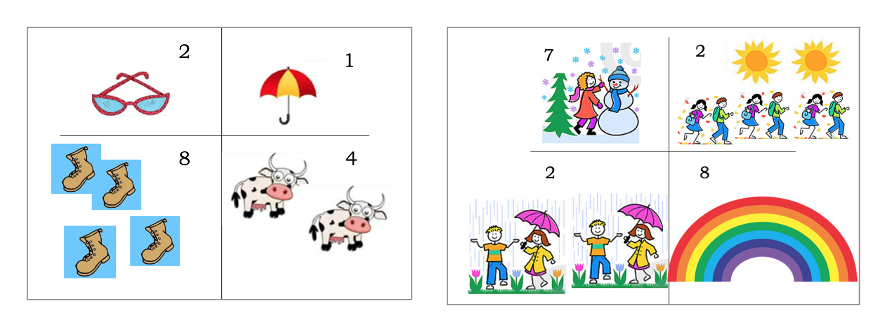
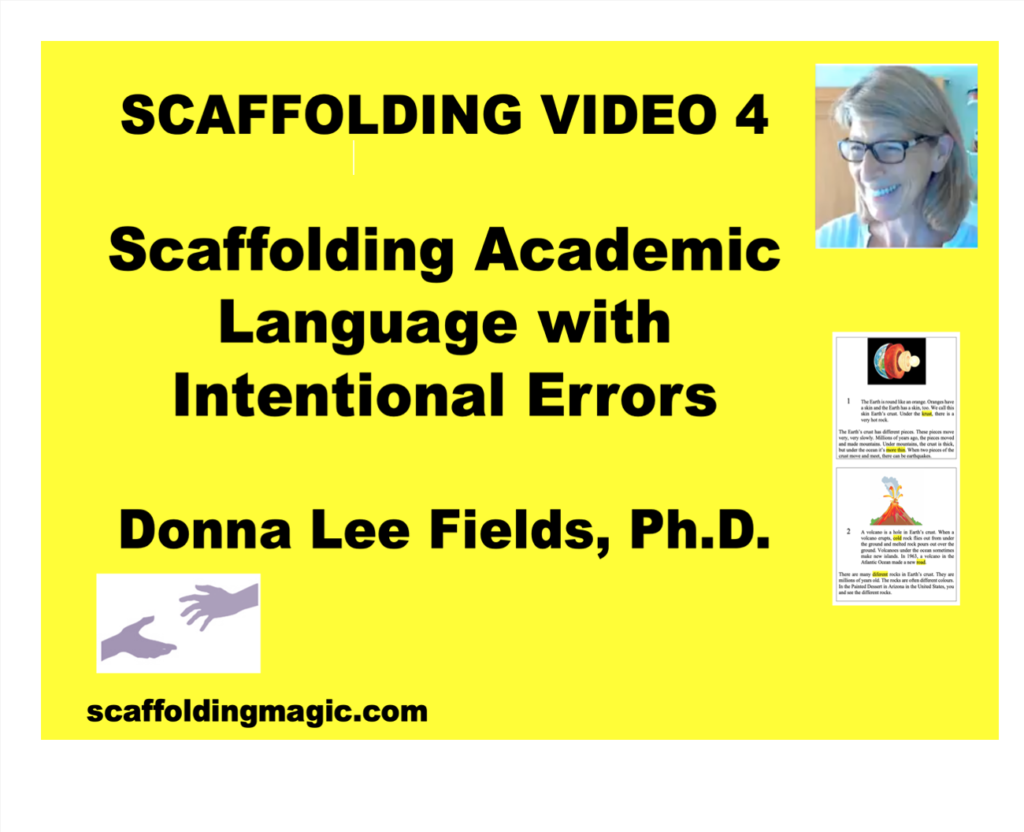

Pingback: SCAFFOLDING VIDEO 4 - Scaffolding Magic